4 Simple Ways to Fish for Bass in Washington/Oregon

The Northwestern states of Oregon & Washington are well known for their popular runs of salmon & steelhead, great offshore Pacific Ocean opportunities and unique fisheries like sturgeon. Species abound in this territory of plentiful rainfall and a moderate climate. One species that gets attention all over the USA is often overlooked in Washington and Oregon. The largemouth bass.
All across the U.S. people fish avidly for bass, compete in tournaments and chase trophy largemouth. These fish are popular for a few specific reasons. Bass react primarily to moving baits which results in styles of fishing that require technique and attention. This makes it all the more exciting when a big largemouth aggressively smashes your lure.
Bass in the Northwest are a somewhat "undiscovered" species in that they span a wide range of areas, though not necessarily always in great numbers. The potential of the fishery is not fully tapped.
Columbia River Bass
 Go read our bass pro Bob Larimer's articles - they're technique specific and full of great information! This article is just a basic outline - Lucas
Go read our bass pro Bob Larimer's articles - they're technique specific and full of great information! This article is just a basic outline - Lucas
There are a large number of lakes, ponds, sloughs and rivers that hold bass in WA and OR. A little bit of online research or friendly conversation with anglers can help you determine whether the one you're interested in is a good bet for bass.
The best way to find out is to go fish for them.
Every Body of Water Is Different
The advantage of having a few spots to choose from is that each location will be host to a different water temperature, weather pattern and structure. Some places naturally produce more bass and produce fish on a consistent basis, others are stocked with bass and can sometimes offer a hot bite, others simply have bass only at one time of the year - say during the spawn.
Each place will warm up at a different time of year. Bass will act accordingly and spawn at the optimal time for their lake/river. As an angler this means you should try to fish a few different bass spots even on the same day, to consistently find more bites and learn when best to fish that body of water.
 Young ones love bass fishing too!
Young ones love bass fishing too!
Certain bodies of water excel in morning or night, others offer the best bite mid-afternoon. You're going to need to spend some time figuring out when these moments happen. Try to find a solid location and give it a few shots during different conditions and times of the year, you just might find a perfect little fishery all to yourself!
Basic Rigs
Let's say that you've already located some bass or have a decent idea that they are there. We're going to look at a very basic program for locating and fishing bass. Experienced bass fishermen
 Rob M with two fatties.
Rob M with two fatties.
- Using braid as mainline, tie your braid to a mono or flouro 10 - 30lb leader using a double uni-knot or similar knot. Attach a bass hook with a shank meant for holding plastics to the end leader. Thread the worm on so that it's attached at the "head" of the worm and again down the worm. The worm should be straight naturally and the hook should be slightly exposed. Cast plastic out and slowly "twitch" the plastic back to you. Stop and then resume retrieve.
- Using any line with a solid lb test (attach leader if necessary) tie on a 1/4 - 1/2 oz bass jig. Get natural colors for clear water, more pronounced colors for stained water. Attach a "trailer" if desired. Cast out, let sink and start to hop-skip the jig back to you.
- In stained water or overcast conditions tie on a spinnerbait in various sizes/colors. In a lot of conditions tie on a crank bait (medium-heavy fluorocarbon line is ideal) designed to dive or suspend into the depth of water you want to fish. Try lipless crank baits for a great action and control. Cast and retrieve, covering different parts of the water as you go. Vary up your retrieve with these baits by slowing down, speeding up, ripping the lures to the side and down - variety triggers bites!
- Tie on a topwater frog or popper. Certain times of day/year bass will attack lures suspended on the surface. Cast to target water and retrieve with variety. Look for activity on the surface - like ripples, cast beyond and reel up to that activity.
Choosing a rod & reel combo.
You can really start bass fishing with just about any rod and have decent results. As you get more passionate about it you'll find that certain rods react very well for specific techniques. If you're fishing a lot of soft plastics, lighter lures or are just starting out, spinning rods & reels are often preferred. They cast lighter baits easier and are quicker to learn than a bait cast setup. Baitcasters can be very effective however for accurate casting and proper retrieval of lures and as you become more proficient you'll find that you prefer them for many techniques.
Choose a rod that has a lure rating that fits the range of baits you're casting. Anywhere from 6 - 8 feet is typical and you can be effective with a variety of lengths. There are a number of fantastic options on the market.
 Marlin drops the Bass Selfie
Marlin drops the Bass Selfie
I asked a tournament bass fisherman buddy of mine if it was worth bass fishing a January afternoon. He told me if there isn't ice on the lake that there is always a chance. He was right! I caught one of my best bass that day. However, there are certain times that produce much more fish.
Around the spawn is when you get the best chance at big fish. Smaller fish will be aggressive as the year progresses and the bite will vary depending on temperature of the air and water. Bass will sometimes surprise and be up for a meal even when conditions say otherwise. You just need to find them.
Finding Fish
If you're brand new to bass fishing start by trying to cast somewhat horizontal to the banks. See if the fish are hugging the shoreline spawning or seeking cover. They are likely to ambush a bait moving by them in these areas. After you've covered the shoreline move outward and start targeting deeper depths and any wood structure you see submerged or otherwise. Also look for rock structure as it emanates heat and provides protection. Start covering the wider open areas of the lake with a faster moving lure like a crank bait or spinner bait to find wayward fish. If you're fishing near structure, try plastics slowly twitched around the logs. Throw jigs into deeper water and retrieve to cover the bottom of the water column, providing good action on the way back
VARY YOUR RETRIEVE
Bass are curious and somewhat smart. They love to see a lure retrieved with some variety so that it looks injured or at least confused. Vary up the speed and direction of your retrieve and you will produce more bass. Every cast should cover the water a little different than the last and provide movement that should provoke a fish.
 The author with his biggest bass to date.
The author with his biggest bass to date.
It takes a bass a long time to get to a large size in the Pacific Northwest. Bass are very hardy so they make for a great sport fish. Catch & Release is recommended so we can keep our populations up and have trophy fish for years to come.
Thank you for reading
-Lucas Holmgren
Read more Northwest Bass Fishing Articles
Watch Fishing Tutorial Videos and More on our Youtube Channel


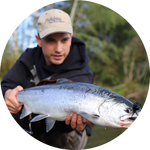

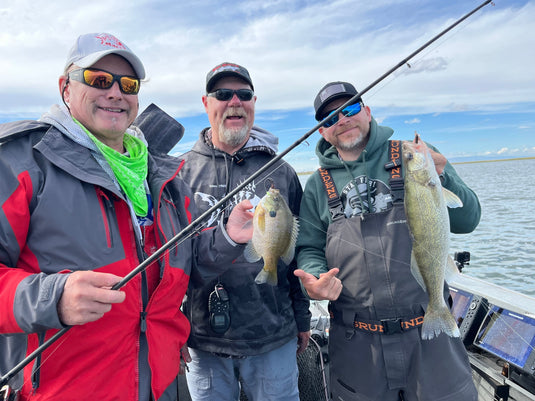

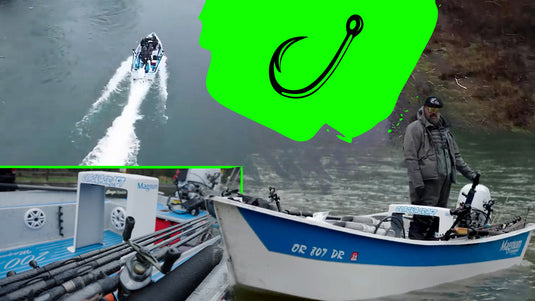

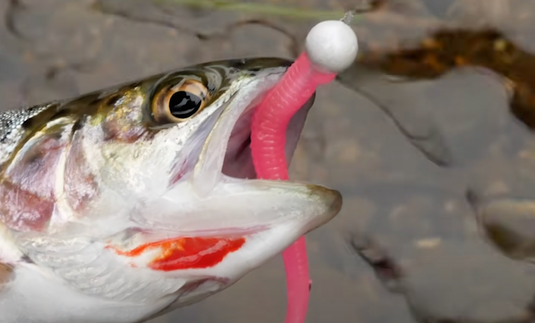
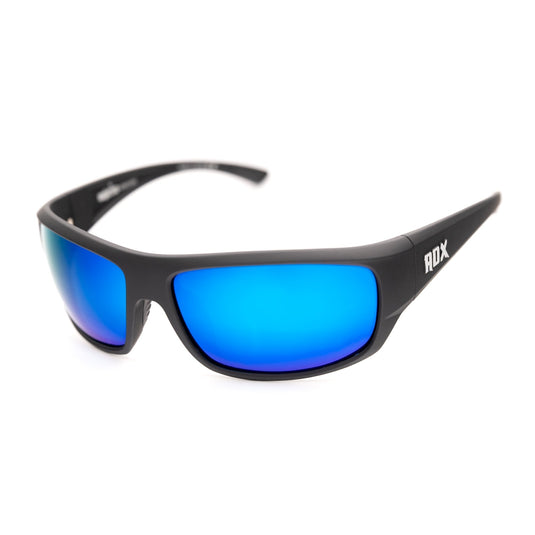
Thank you for this article, I was very pleased to read it and I learned a lot about fishing for bass. I hope to become very proficient in this skill someday.